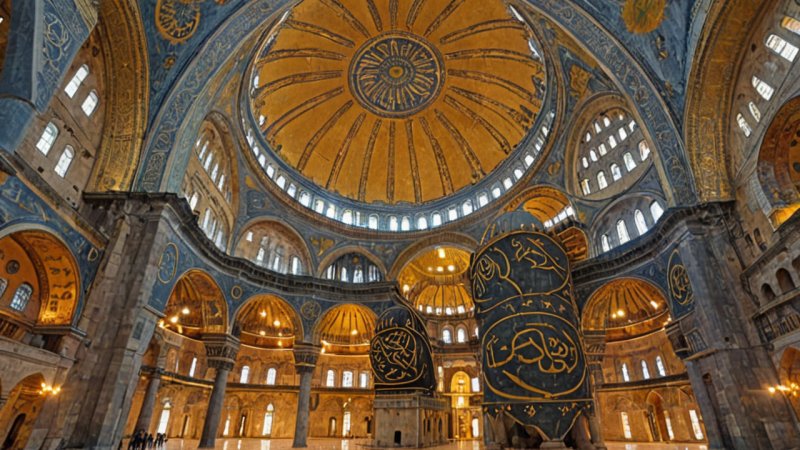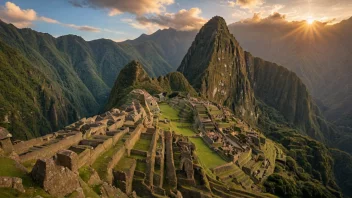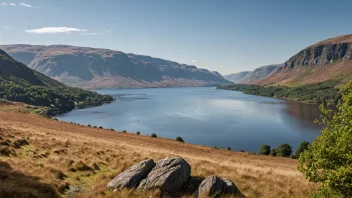The Hagia Sophia, an iconic emblem of Byzantine architecture, has a rich history that captivates travelers and history enthusiasts alike. Located in Istanbul, Turkey, this magnificent structure has served various purposes over the centuries, transitioning from a cathedral to a mosque, and now a museum. Below, we address some common questions about the Hagia Sophia to help you make the most of your visit.
What is the history of the Hagia Sophia?
The Hagia Sophia was originally constructed as a cathedral in 537 AD under the orders of Byzantine Emperor Justinian I. It remained the world's largest cathedral for nearly a thousand years until the conquest of Constantinople in 1453, when it was converted into a mosque. In 1935, it was secularized and opened as a museum, and in 2020, it was reconverted into a mosque.
What are the key architectural features of the Hagia Sophia?
The Hagia Sophia is renowned for its massive dome, which appears to float above the central nave due to the innovative use of pendentives. Other notable features include intricate mosaics depicting Christian iconography, marble pillars, and lavishly decorated interiors that showcase the artistry of Byzantine craftsmen.
How can I visit the Hagia Sophia?
Visitors can access the Hagia Sophia daily, and there is no entrance fee. However, since it is an active mosque, visitors are required to dress modestly, with women covering their heads and both genders wearing clothing that covers shoulders and knees.
What are the best times to visit?
The best times to visit the Hagia Sophia are during the early morning or late afternoon to avoid large crowds. Weekdays tend to be less busy than weekends, and visiting during the off-peak season, from November to March, can enhance the experience.
Are there guided tours available?
Yes, there are various guided tours available that provide in-depth insights into the history and architecture of the Hagia Sophia. These tours can be booked online or through local tour agencies, offering options in different languages.
What should I know about photography in the Hagia Sophia?
Photography is allowed inside the Hagia Sophia, but it's essential to be respectful of worshippers and follow any posted rules. Flash photography is discouraged, as it can disturb the serene atmosphere of the mosque.
Are there any nearby attractions to explore?
Yes, the Hagia Sophia is located near several other historical sites, including the Blue Mosque, Topkapi Palace, and the Basilica Cistern. These attractions can easily be explored in a single day, making for a rich historical experience.
What unique experiences can I have at the Hagia Sophia?
The architectural wonder of the Hagia Sophia offers unique experiences such as participating in the daily prayers, witnessing the mesmerizing light filtering through the windows, and observing the intricate details of the mosaics up close. Additionally, attending a cultural event or concert held in the space can provide a different perspective on the site.
In conclusion, the Hagia Sophia stands as a testament to the grandeur of Byzantine architecture and the complex history of Istanbul. Whether you are a history buff or a casual traveler, visiting this magnificent site promises to be a memorable experience filled with discovery and awe.






